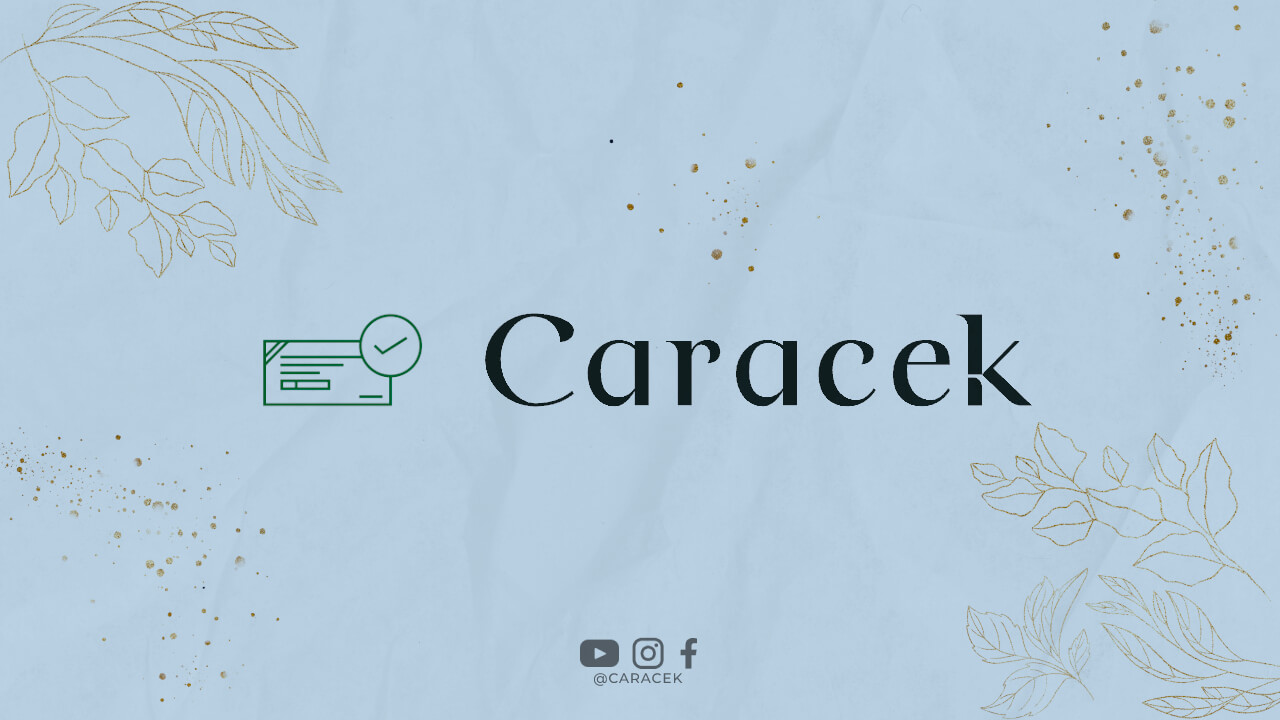Introduction
Hortatory exposition is a type of text that aims to persuade or convince readers to do or not to do something. This type of text is commonly found in articles, speeches, and advertisements. In order to effectively convey the intended message, hortatory exposition utilizes specific language features. In this article, we will explore the language features commonly used in hortatory exposition.
1. The Use of Imperative Sentences
Imperative sentences are essential in hortatory exposition as they give direct commands or instructions to the readers. By using imperative sentences, the writer can emphasize the importance of the action being promoted. For example, “Save our environment by reducing plastic waste!”
2. Strong and Persuasive Words
In order to convince the readers, hortatory exposition employs strong and persuasive words. These words are carefully chosen to create an emotional impact and influence the readers’ opinions. Examples of strong and persuasive words include “essential,” “vital,” “crucial,” and “imperative.”
3. Rhetorical Questions
Rhetorical questions are often used in hortatory exposition to engage the readers and stimulate their critical thinking. These questions are not meant to be answered but rather to make the readers reflect on the topic being discussed. For instance, “Isn’t it time we take a stand against deforestation?”
4. Use of Adjectives and Adverbs
Adjectives and adverbs play a significant role in hortatory exposition as they enhance the descriptive aspect of the text. These descriptive words help create a vivid image in the readers’ minds, making the text more engaging and persuasive. For example, “Let’s protect our beautiful, pristine beaches from pollution.”
5. Statistical Data and Facts
Backing up statements with statistical data and facts adds credibility to hortatory exposition. By providing evidence and numerical information, the writer can strengthen their argument and convince the readers of the importance of the proposed action. For instance, “Research shows that recycling one ton of paper saves 17 trees.”
6. Expert Opinions
Quoting expert opinions or testimonials can also enhance the persuasiveness of hortatory exposition. By including the views of specialists or respected figures in the field, the writer gains authority and credibility. Readers are more likely to trust the information and follow the advocated action. For example, “Renowned environmentalist Jane Doe states that adopting sustainable practices is crucial for the future of our planet.”
7. Repetition
Repetition is a powerful technique used in hortatory exposition to emphasize key points or arguments. By repeating certain phrases or ideas, the writer reinforces their message and ensures it resonates with the readers. However, it is important to use repetition sparingly to avoid sounding monotonous or redundant.
Conclusion
In conclusion, hortatory exposition utilizes various language features to effectively persuade and convince readers. By using imperative sentences, strong and persuasive words, rhetorical questions, descriptive adjectives and adverbs, statistical data and facts, expert opinions, and strategic repetition, writers can craft compelling hortatory texts. Implementing these language features will increase the chances of ranking higher on search engines like Google, ultimately reaching a wider audience and achieving the intended goal of the hortatory exposition.

